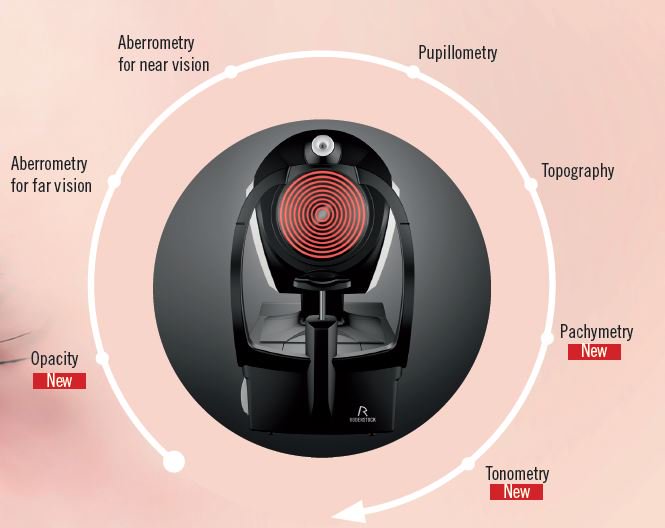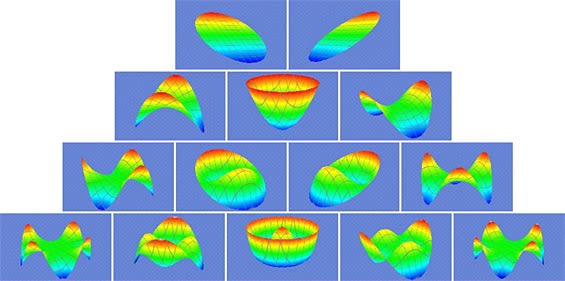Higher vs. Lower Order Aberrations: Can You See the Difference?

Here at Beckenham Optometrist, we take vision correction very seriously.
We are proud to offer state-of-the-art custom lens designs, which are far more advanced versions of optical lenses than previously available. Part of the reason we can offer custom lenses has to do with the treatment of lower-order aberrations and higher-order aberrations. Since many patients are not aware of what these terms mean, let’s go over the basics.

About Lower Order Aberrations
Lower order aberrations are the common kinds of refractive errors that many people experience to varying degrees. You may know lower order aberrations better by the following terms:
Myopia (Shortsightedness)
Hyperopia (Longsightedness)
Astigmatism
These lower order aberrations are the result of imperfections in the shape of the cornea (window into the eye). A poorly shaped cornea causes light to pass through the eyes at poor angles, which means that the light does not focus properly on the retina, the light-sensitive tissue at the back of the eye that’s crucial for good vision.
Common Treatments for Lower Order Aberrations
Lower order aberrations can be treated in a variety of ways. The most common options include spectacles and contact lenses.

About Higher Order Aberrations
Higher order aberrations refer to more minute imperfections in the cornea. These smaller issues with corneal contour can lead to more acute kinds of vision problems, including:
- Glare
- Halos
- Starbursts
- Poor contrast sensitivity
- Poor night vision
Can Higher Order Aberrations Be Treated?
These kinds of vision issues have never been able to be treated before in a spectacle lens however with the DNEye device, we are able to measure these aberrations and order lenses that factor in these imperfections.
DNEye scanning: A Step Forward

Wavefront digital mapping is what makes the treatment of higher order aberrations possible. Wavefront digital technology takes a three-dimensional digital scan of the eye and its refractive elements and is able to identify very small imperfections that result in higher order aberrations.







